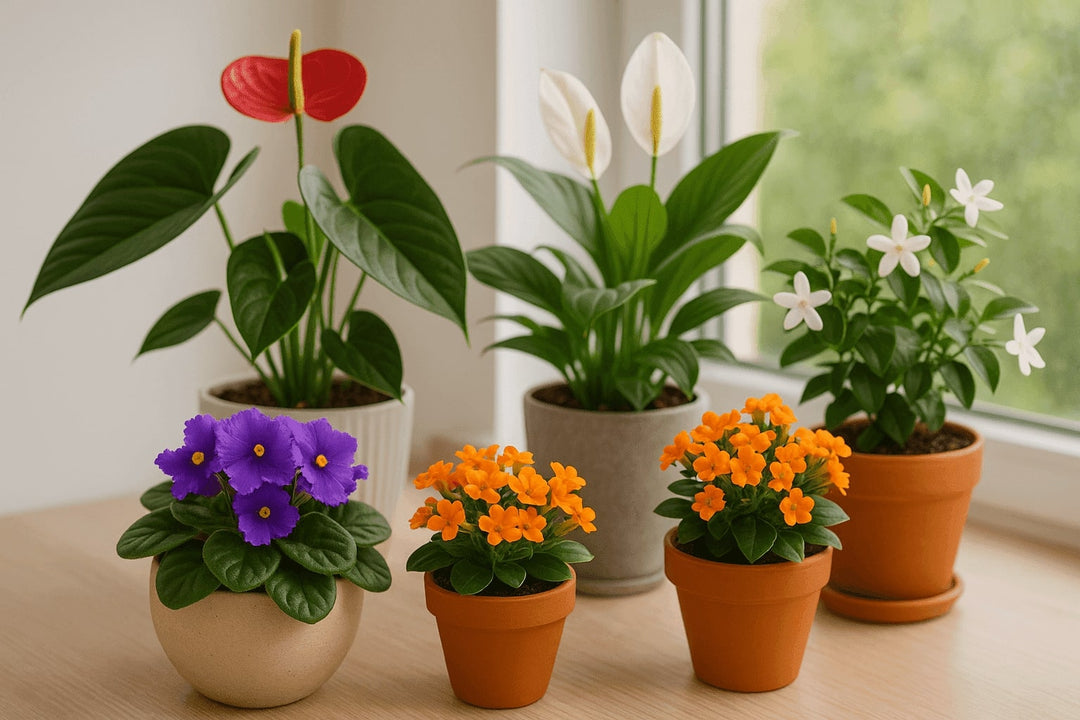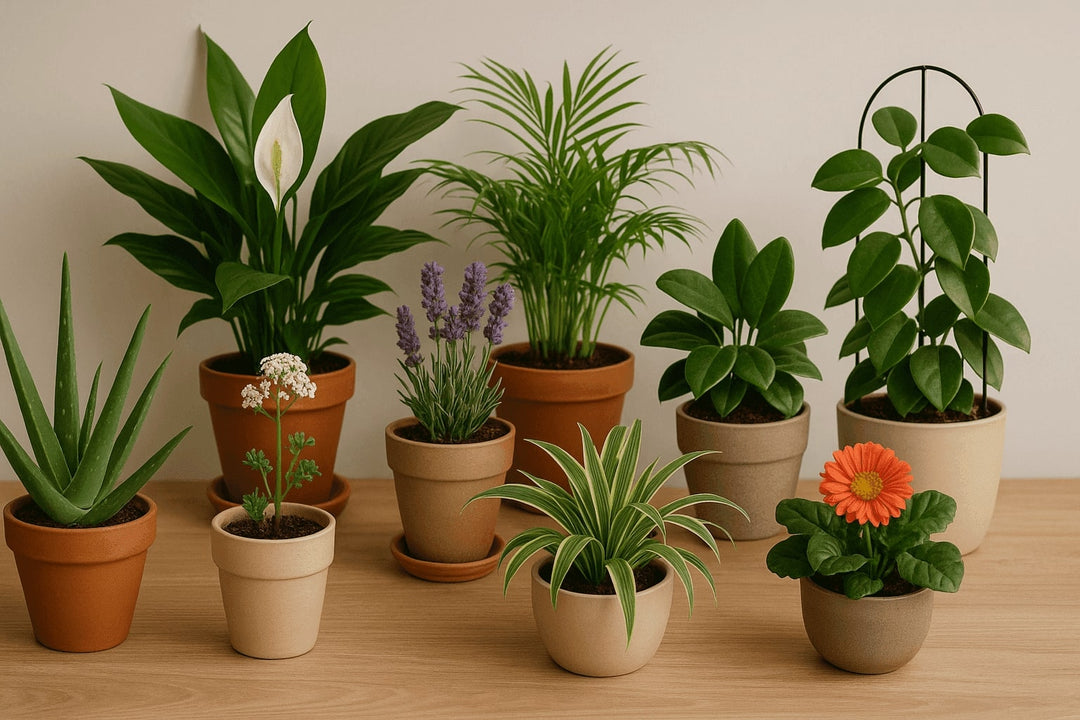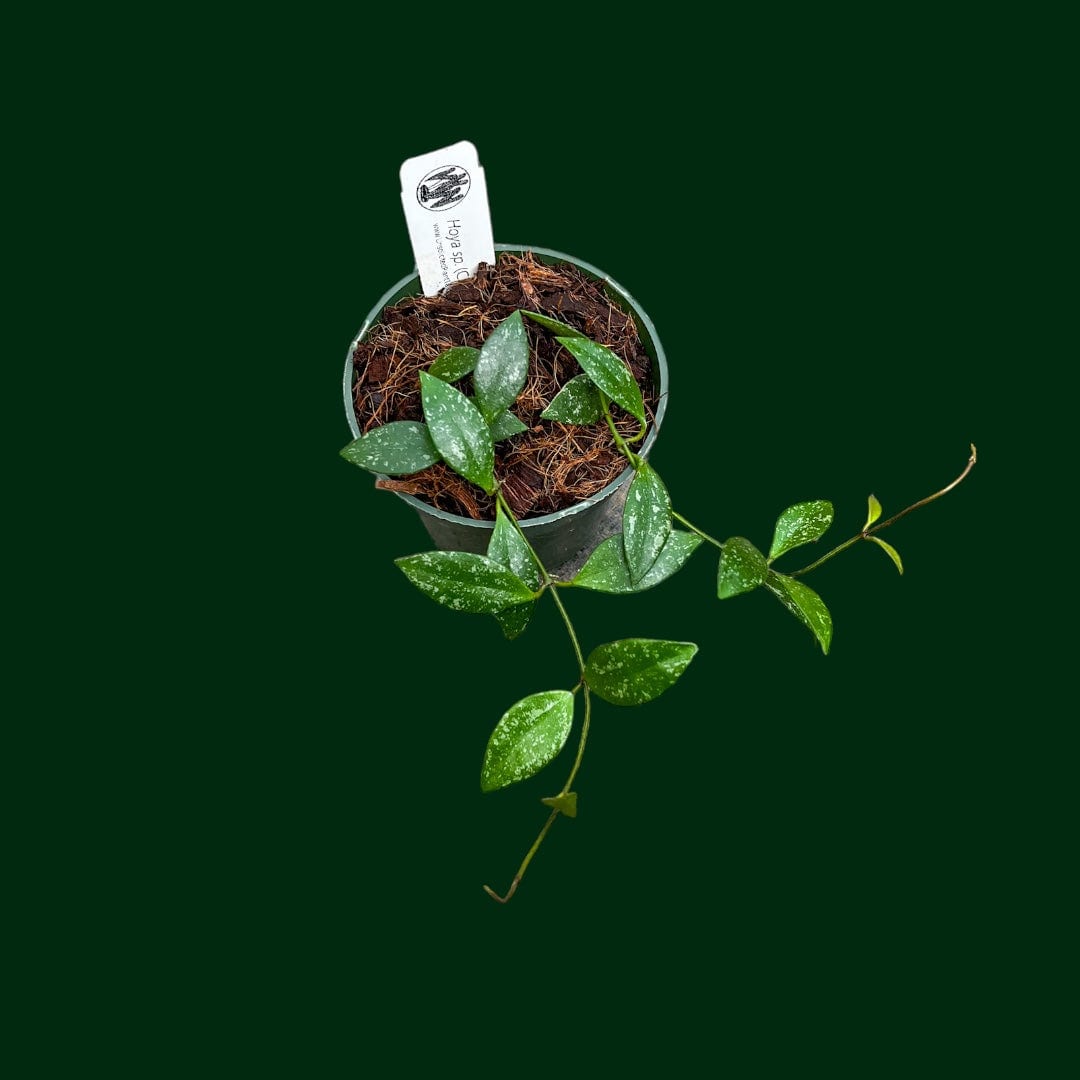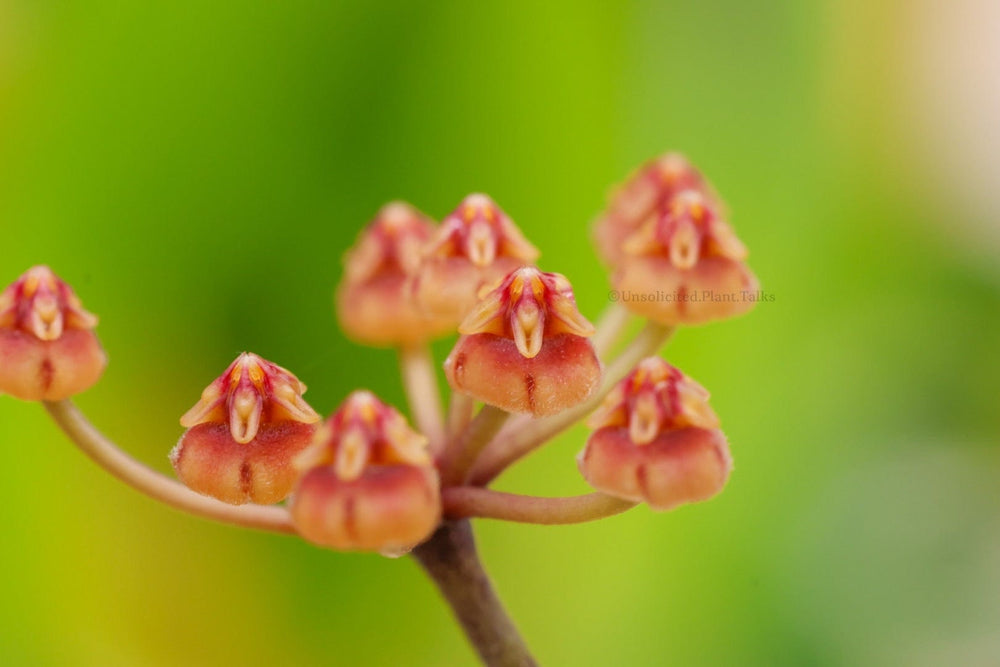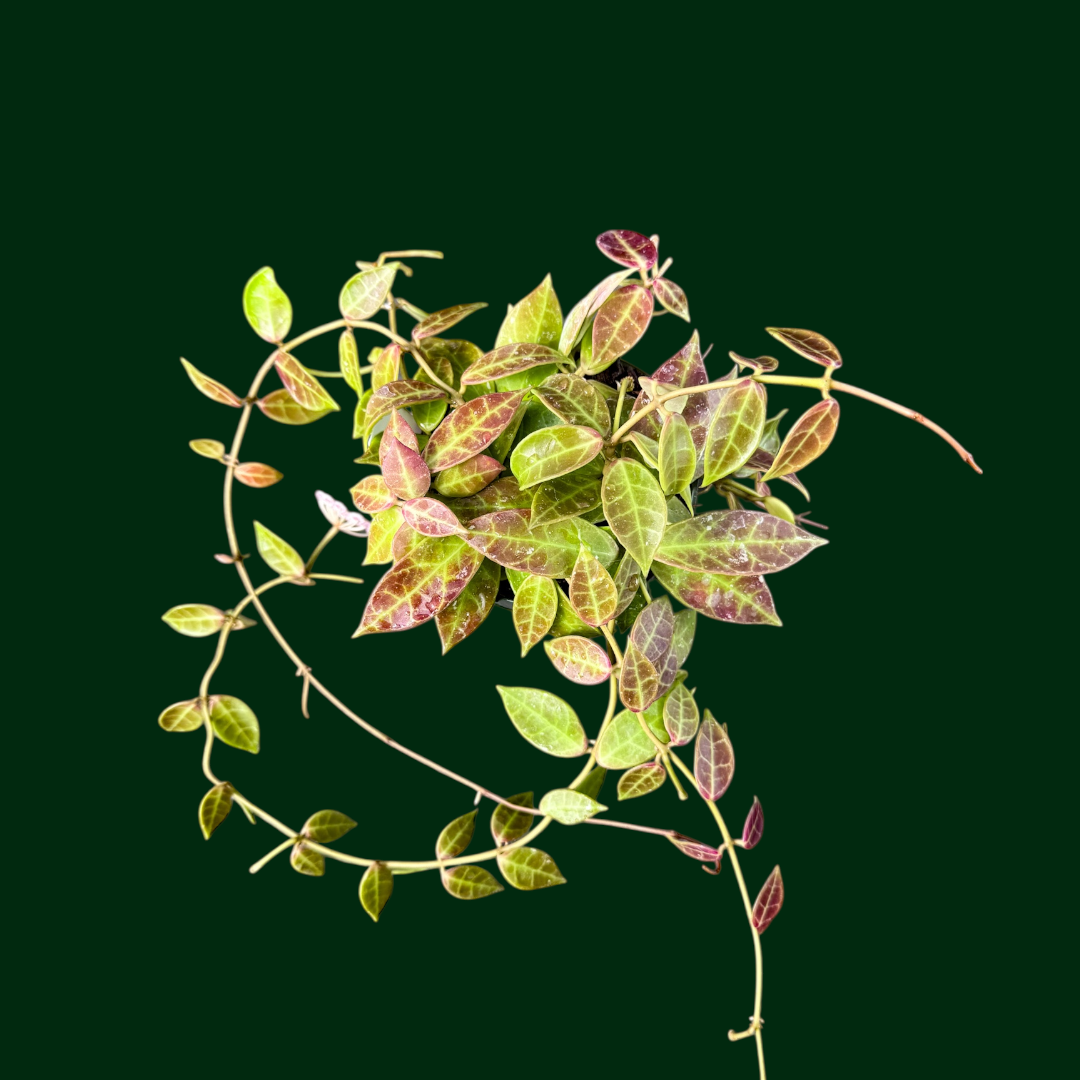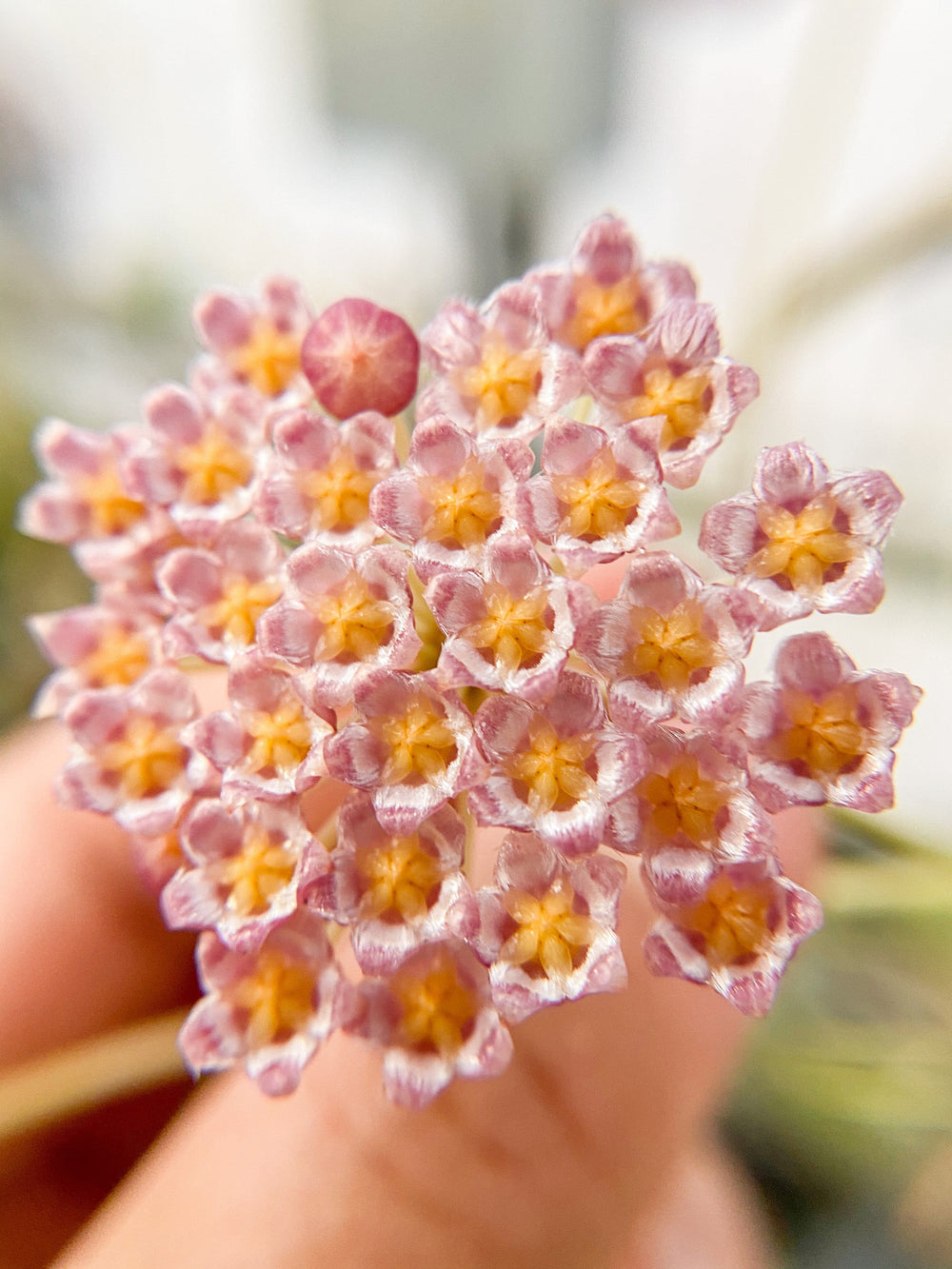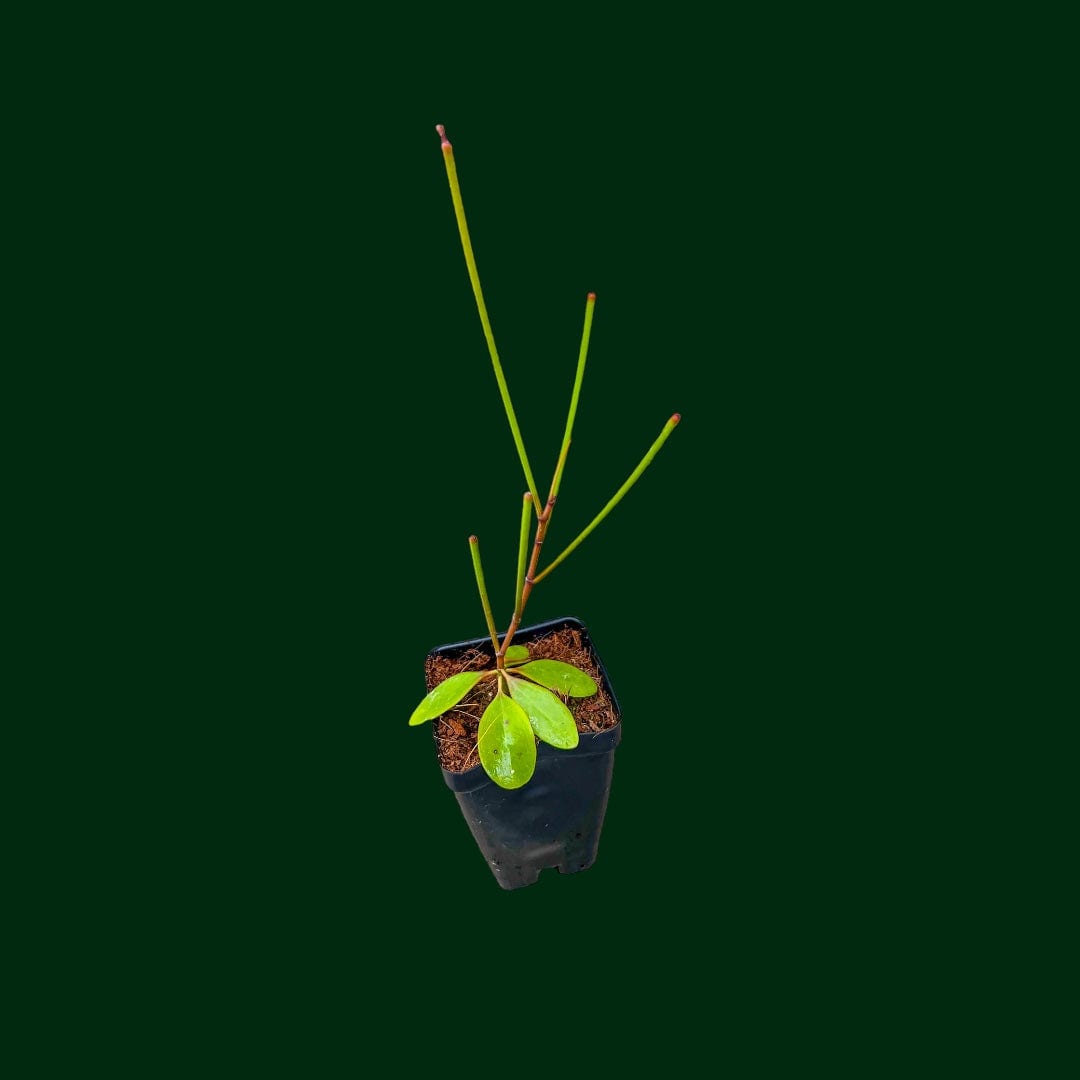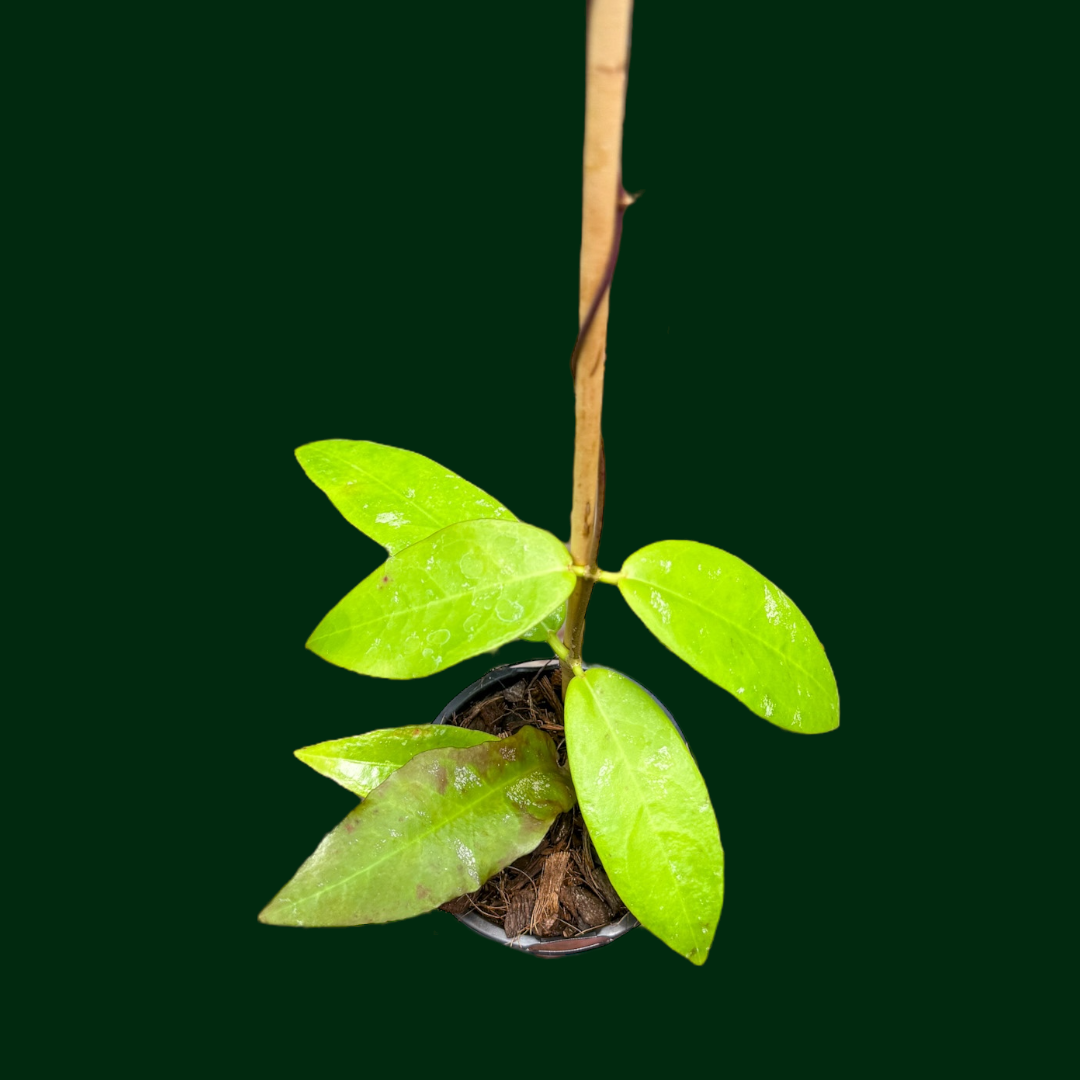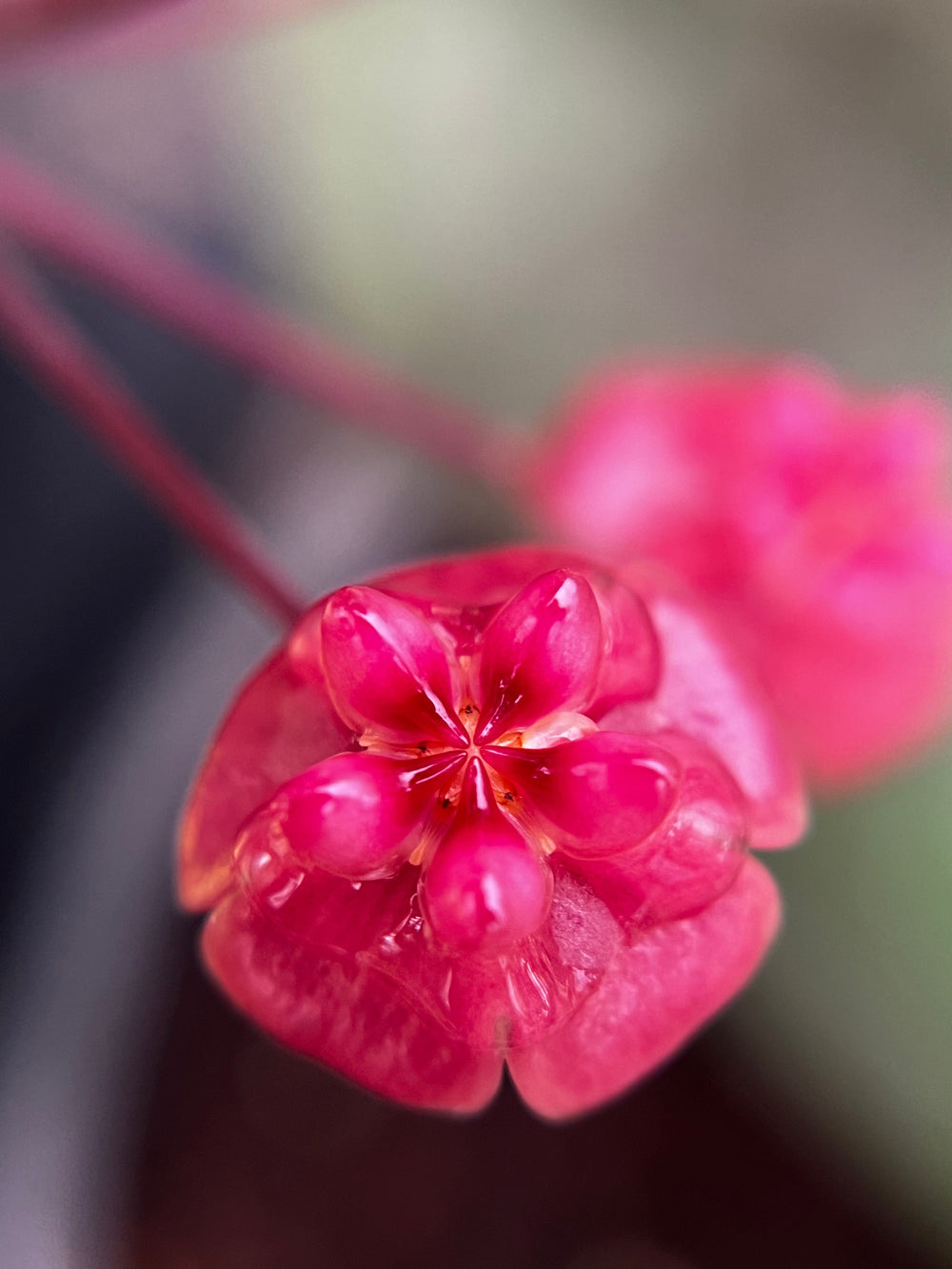How much light does your indoor plant need?
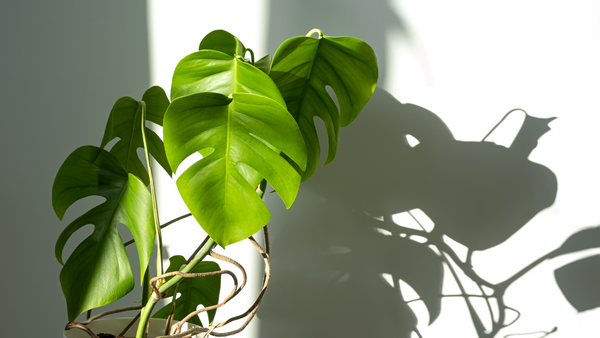
Table of Contents
- What factors should you consider when choosing optimal lighting for your indoor plants?
- Finding the optimal lighting conditions for your indoor plant.
- Are the benefits of natural sunlight equivalent to those of fluorescent light, for indoor plant lighting?
- Choosing the right plant for your home
- In short
Whether you're a seasoned plant parent or just starting out, knowing the light requirements for plants can make all the difference in how your plants grow and overall health.
We'll discuss the different types of light intensity, the types of light your indoor plant needs, and how to determine the perfect spot for your plant to thrive. So, let's shed some light on the subject and help your plants reach their full potential!
What factors should you consider when choosing optimal lighting for your indoor plants?

Generally, indoor or house plants require bright, indirect light for at least 6-8 hours per day.
There are different factors to consider when determining how many hours of light your house plants need. First we must consider the following:
Plant type:
Different types of plants have different light requirements. Some plants, such as African violets, prefer low light levels, while others, such as orchids, need bright light.
Growth stage:
Plants have different light requirements during different growth stages. For example, plants in the vegetative stage require more blue light, while those in the flowering stage require more red light.
Light intensity:
The intensity of light also plays a role in plant growth. Plants that receive too little light may become leggy and weak, while those that receive too much light may become burnt or stressed. While some plants (like specific varieties of hoyas) will not be harmed by sun stressing, others will become damaged under too much light.
What light source is most popular for indoor settings?
Full-spectrum light:
Blue light:
Red light:
Green light:
UV light:
Far-red light:
Finding the optimal lighting conditions for your indoor plant.

Observe the plant:
Take a close look at the leaves of your plant. If they are pale, yellowish, or browning, it could be a sign that they are not getting enough light. On the other hand, if the leaves are dark green and healthy-looking, your plant is likely getting the right amount of light.
Check the location:
Different plants have different light requirements. Check the care instructions or research the specific plant to find out how much light it needs. If the plant is in a spot indoors where it is not getting the recommended amount of light source, consider moving it to a better location.
Check the brightness:
One way to determine if your plant is getting enough light is to measure the brightness of the area where it is located. Use a light meter or app to measure the amount of direct light in the area. This will give you an idea of whether your plant is getting enough light.
Check the direction:
Another factor to consider is the direction of the light. East-facing windows tend to provide bright but indirect light, while south-facing windows provide direct and intense light. West-facing windows tend to provide moderate light, and north-facing windows usually provide the least amount of light. Depending on the plant's needs, you may need to adjust its location to receive the right direction of light.
Check the growth:
Finally, if your plant is growing well, it is a sign that it is getting enough light.
Are the benefits of natural sunlight equivalent to those of fluorescent light, for indoor plant lighting?

Artificial light or LED, is not the same as sunlight for plants, although it can provide similar wavelengths of light that plants need for photosynthesis.
- LED lights can be designed to provide specific wavelengths of light that are most important for plant growth and development.
- For example, red and blue LED lights are commonly used for indoor plants because these colors are absorbed most efficiently by plant pigments.
- However, LED lights do not provide the same range of wavelengths as sunlight, so they may not be able to fully replace natural light for some specific plant species.
Sunlight provides a full light spectrum, including all visible colors, red and blue light, wavelengths, as well as ultraviolet and infrared light.
Overall, while LED lights can be a useful supplement to natural sunlight for growing plants, they are not identical to sunlight and may not provide all of the same benefits.
Indoor and outdoor plants have varying light requirements depending on the type of plant and their natural habitat.
Generally, indoor plants need less light than outdoor plants since they are shielded from direct sunlight and can burn if exposed to too much.
Choosing the right plant for your home

Choosing the right plant for your home is crucial to ensure that it thrives and grows healthy. One of the most important factors to consider when choosing plants is the lighting conditions in your home.
-
Light intensity: Plants require different levels of light intensity to grow. Some plants prefer direct sunlight, while others prefer indirect or low light. Consider the level of natural light in your home and choose a plant that can thrive in those conditions.
-
Light duration: The amount of time your plants are exposed to light is also an important factor. Some plants require a specific amount of light each day, while others can tolerate longer periods of darkness. Consider the amount of natural light your home receives and choose a plant that can tolerate those conditions.
-
Type of light: The type of light that your plants receive can also affect their growth. Different plants have different requirements for light wavelengths, and some may require specific types of light, such as full-spectrum or UV light. Consider the type of light in your home and choose a plant that can thrive in those conditions.
-
Direction of light: The direction of light can also impact plant growth. Plants that require direct sunlight should be placed near windows that receive the most sunlight. Plants that prefer indirect or low light should be placed in areas that receive less direct sunlight.
-
Artificial lighting: If natural light is not sufficient, you can also consider using artificial lighting. Different types of artificial lighting can be used to simulate natural light conditions and provide the necessary light for your plants to grow. Consider using LED grow lights or fluorescent lights if your plants require more light.
-
Plant size: The size of your plant can also affect its light requirements. Larger plants typically require more light than smaller plants. Consider the size of your plant and its lighting requirements when choosing a plant for your home.
-
Plant type: Different types of plants have different lighting requirements. Some plants prefer bright, direct sunlight, while others prefer shaded areas. Consider the type of plant you want to grow and its lighting requirements when choosing a plant for your home.
By considering these factors, you can choose the right plant that will thrive in the lighting conditions of your home.




